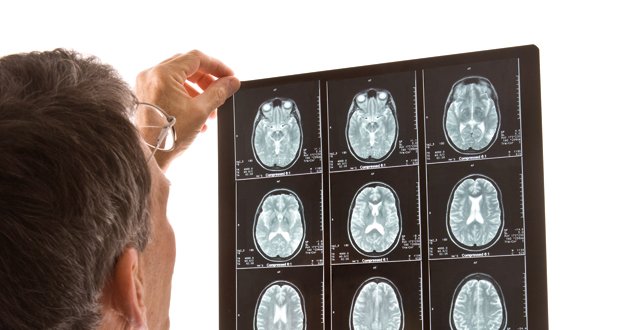
Relapses
associated with multiple sclerosis (MS) should not be relied upon to monitor
disease activity, according to a presentation at the recent Neurology Update
meeting.
Consultant Neurologist in the Royal Victoria Hospital
(RVH), Belfast, Dr Stella Hughes conveyed this message during her talk, which
was entitled “MS Relapses – Dos and Don’ts”.
While she said that relapses can be a useful marker of
disease, there should be limits to how this marker is employed.
In terms of “Don’ts”, Dr Hughes said consultants should
not: Assume that relapses are not costly to patients; accept or ignore
relapses; discount relapses due to age or disease duration; or ignore lifestyle
factors.
In terms of “Dos”, she said it was important to: Educate
patients; confirm relapses clinically; repeat MR imaging; have disease
modifying treatment multi-disciplinary meetings; and consider the prognostic
value of the relapse.
“Relapses are indicative of acute and possibly chronic
disease activity and can indicate later disease severity early on,” according
to Dr Hughes.
With increasing disease duration, she said, however, that
the effect of relapses was “unclear”.
While the use of corticosteroids can accelerate recovery,
their long-term benefit has not been established.
It was important to abide by guidelines, which state
patients with MS should not be given a “supply to steroids to self-administer
at home for future relapses”.
For severe, steroid-unresponsive relapses options
include: Plasma exchange; IVIG immunoglobulin; and rituximab.
Dr Hughes also pointed to the Association of British
Neurologists revised (2015) guidelines for prescribing disease-modifying
treatments in MS, which state: “It is not yet clear whether treatment should
aim for a target such as ‘no evidence of disease activity – either clinical or
radiological’ and ‘whether a single relapse should trigger an immediate
treatment escalation is not known’.”
In an earlier presentation, Consultant Neurosugeon in
RVH, Belfast, Mr Neil Simms delivered a talk on ‘Subarachnoid Haemorrhage (SAH)
– diagnosis, investigation, and treatment’. According to Mr Simms, the
incidence of SAH is falling, while the mortality from SAH in patients who reach
hospital is now 33 per cent.
“More elderly SAH patients are being transferred/treated,
which has an impact on bed days,” Mr Simms told delegates.
In relation to flow diversion, he said the procedure
“appears to be a safe treatment option in the management of selected acutely
ruptured aneurysms”.
He also said there is a need to explore the anecdotal
observation that patients who have had acute shunt and antiplatelets are better
clinically at three-month review.
Other talks at the update meeting related to
neurogenetics; hereditary cerebral amyloid angiopathy; and evidence-based
management of status epilepticus.





Leave a Reply
You must be logged in to post a comment.